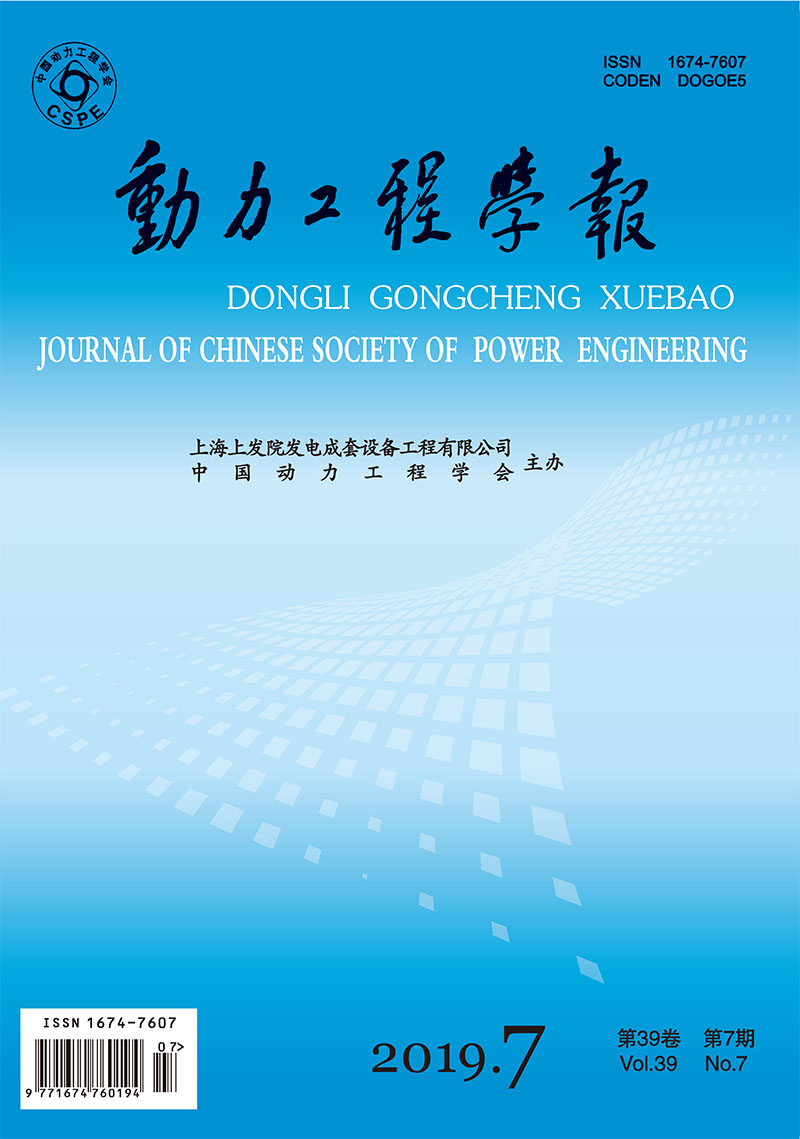YANG Huan, CHEN Yang, QIN Xiaogang, WANG Huan, WEN Lu, FANG Hui, SUN Dengke
2019, 39(7): 576-584.
To verify the industrial feasibility, robustness and safety of a sludge wet air oxidation (WAO) process, a continuous hot test bed was built to research the sludge wet treatment effectiveness under typical conditions, including analyzing the compositions and properties of the reaction products in solid, liquid and gas phase, and conducting kinetic calculations for relevant reaction processes. Results show that the test bed is able to run steadily for more than 100 h under typical reaction conditions, and the degradation rate of organic matters in solid phase reaches 78.62%. The contents of original and leached heavy metal in residue meet relevant emission standards. In liquid phase, the COD, ammonia state nitrogen, total nitrogen and total phosphor are out of specifications, which need to be retreated in related waste water treatment plants. No SO2 or NOx is detected in the exhaust gas. The sludge WAO process includes the fast-reaction phase and slow-reaction phase, both of which are under the control of chemical reaction kinetics.
